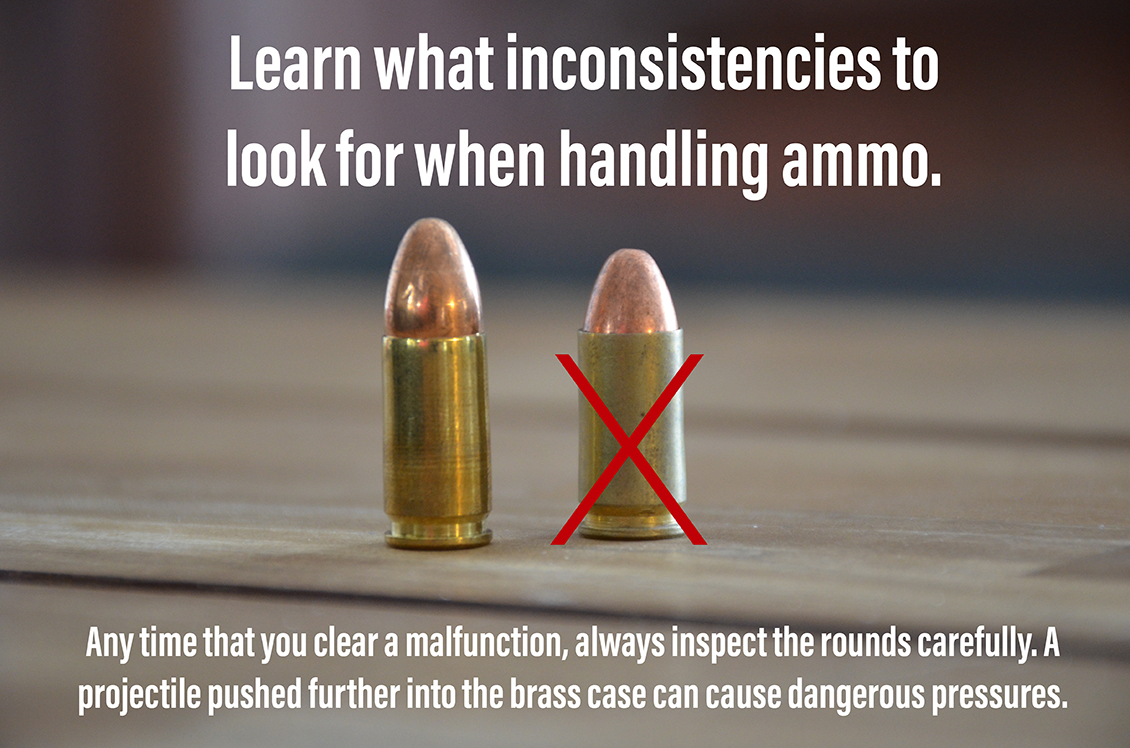How to Best Load Magazines - What to Know Before Heading to the Range
Whether you are a beginner or seasoned competitor, shooting guns brings a certain level of excitement to being on the range. Leading up to shooting is all about preparation.
For me, loading magazines is a part of prep for the range that I find exciting. It means I’m going to spend time doing something I love. In this blog, I’m going to share how to load magazines in ways that will help a new firearm owner or someone who is new to the range, and maybe give people who think they know it all something to ponder. Let’s see…
Know Before You Go
First, before you even load a magazines, remember the rules of firearm safetyand understand that while you might load mags at home before you head to the range, you might need to pay attention to how you transport and store loaded mags. Some states and localities have requirements for how and where to transport ammunition and loaded mags. So, know the laws where you live! That said, loading mags ahead of time, especially if the weather is a consideration, is a great start to prepping for a range day that’s focused on shooting.
Ammo + Mags + Range Day
It’s a good idea to give magazines and ammo a look-over before you begin to load them.
Many of the polymer magazines are prone to wear. Knowing what parts of the magazine to pay attention to is a good research project. But, for something like a Glock, the slot for the magazine release / catch and the area around the metal feed lips at the top of the mag are two places to look for wear. Make sure mags are clean as well, and that any after-market base pads are secure. These are general maintenance tips for mags, but if you build a habit of looking at mags when you handle them before you load them, it will become much more routine.
When we look over our ammo for competition, we generally use a case gauge; a special tool designed to drop the round into and ensure the size is correct. In the course of dropping each round in, we also look at the case for any defects, and the primer. We want to see a primer flush with the base of the case bottom and no bulging or divots in the primers. This is more of a concern for reloads or hand-loads (ammo yourself or someone else reloaded, as opposed to factory ammo), but making a habit of inspecting ammo as you use it helps you to recognize inconsistencies before they cause malfunctions. If you’ve ever been “gifted” ammo to use, maybe from a friend who wants to teach you to shoot, inspecting ammo is always something to do!
Loading by Hand vs a Loading Tool
There are many tools designed to help load various types of magazines. They all have a place; some might be more or less handy, but even the most simple ones have their usefulness! Perhaps to help you get the last few rounds into the magazine when overcoming the magazine spring tension becomes difficult. Perhaps the tool came with the new firearm. Either way, you should understand what it is for and how it works.
My experience with mag loading tools is they are GREAT for the last few rounds in a mag and when I’m shooting a LOT and my hands are tired. But I have also experienced several times where the fact I was feeling every round meant I felt an abnormality. You still have to touch rounds to use a mag loader, but you don’t hold them the same way and will not have as much time spent feeling each round. I tend to use a mag loading tool only on ammo I have gauged and inspected myself.
But looking at ammo, especially hand loads, is important. We live in a world where with time, we all see things that fall outside the norm. Hopefully you shoot thousands of rounds on the range over your lifetime and you never see abnormalities. But if you are going to be shooting often, you need to learn what to look for. Understanding things like a projectile which was pushed farther into the case in the process of clearing a malfunction means the round needs to be thrown out and not fired because it could cause increased pressure. (the sort of idiosyncrasy of ammunition and how it works is worth understanding)
One really good reason to have a tool for loading magazines is if you are someone with arthritis or low hand strength, you can overcome spring tension without becoming unnecessarily frustrated.
Tips for Loading Mags by Hand
When I load rounds by hand, I simply drop 10-15 rounds into one hand ideally facing the same direction. Then load them into the magazine one at a time. To do this, I use the round in my hand to push down on the follower and then slide it past the feed lips of the magazine. As I add more rounds, I push down on the top-most round and continue to slide rounds in. The last few rounds can be difficult, so setting the base of the mag against a table or firm surface can help overcome magazine spring pressure underneath all the ammo you’ve loaded.
If it seems difficult to load a magazine the first time, don’t get frustrated. It’s a fine motor skill that takes a little bit of dexterity and learning. But once you understand the concepts and how a magazine works, it will be much easier!
If you are shooting a unique firearm or have never loaded a magazine, watching a video or reading about it, like you are now, is a great place to start your journey into shooting firearms. Make sure you to follow Winchester for more information. And, if you’re a brand-new firearm owner, head to Shoot United to see all their information to help you in your journey.






